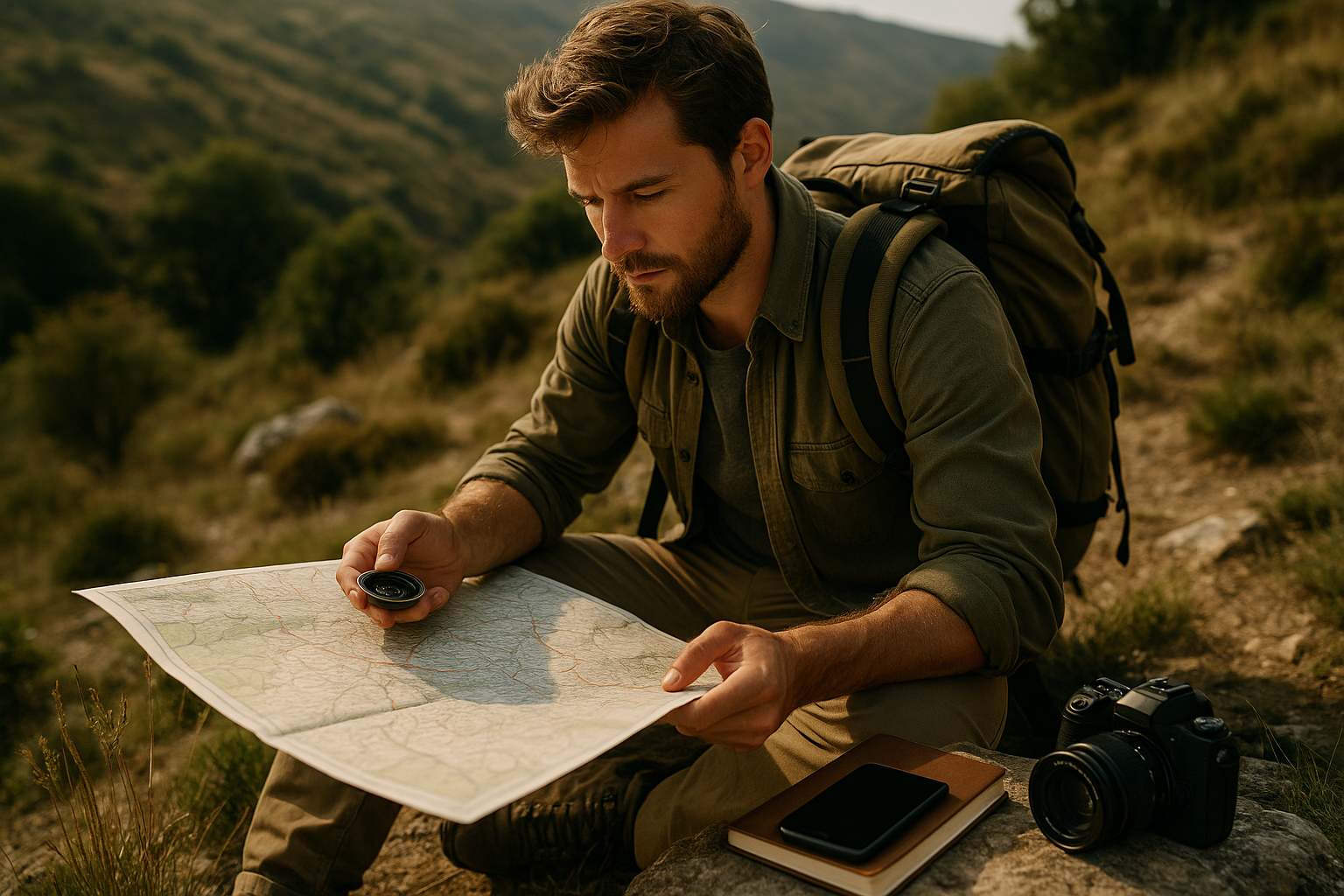Hiking Tools For Everyday Adventures
Hiking tools are items that help make walking on trails easier and more enjoyable. From backpacks that carry your things to water bottles, maps, and walking sticks, each tool has its own use. This article explains the most common hiking tools, how they are used, and why people like to bring them along. You will learn about different items, their features, and simple ways they can add comfort to your time outdoors. With clear details and easy examples, this guide shows how hiking tools fit into trips of all lengths, from short walks to longer hikes.

Essential Hiking Gear for Trail Safety
Safety should always be the primary consideration when selecting hiking tools. Navigation equipment like GPS devices, compasses, and detailed topographic maps form the foundation of responsible hiking. Emergency whistle systems provide a reliable way to signal for help when cell service is unavailable. First aid supplies, including bandages, antiseptic wipes, and basic medications, address common trail injuries. Headlamps or flashlights with extra batteries ensure visibility during unexpected delays or early morning starts. Multi-tools with knife blades, scissors, and other functions handle various repair and emergency situations that arise on the trail.
Best Hiking Tools for Comfort and Performance
Comfort-focused hiking accessories significantly impact your trail experience. Trekking poles reduce joint stress and improve stability on uneven terrain, particularly beneficial during steep ascents and descents. Moisture-wicking clothing systems regulate body temperature and prevent chafing during extended hikes. Properly fitted hiking boots or shoes with appropriate tread patterns provide crucial ankle support and traction. Hydration systems, whether traditional water bottles or hands-free reservoir packs, maintain proper fluid intake throughout your adventure. Weather protection gear, including rain jackets and sun hats, adapts to changing environmental conditions.
Outdoor Equipment for Different Trail Conditions
Trail environments vary dramatically, requiring specific outdoor equipment adaptations. Desert hiking demands sun protection gear, extra water capacity, and lightweight, breathable clothing. Mountain adventures require layered clothing systems, sturdy footwear with aggressive tread, and potentially crampons or microspikes for icy conditions. Forest trails benefit from insect repellent, long-sleeved options, and gear that handles humidity well. Coastal hiking needs wind-resistant clothing and equipment that performs in salt air environments. Snow hiking requires specialized gear including snowshoes, insulated layers, and cold-weather hydration solutions.
Hiking Accessories for Enhanced Trail Experience
Modern hiking accessories enhance the overall outdoor experience beyond basic safety and comfort needs. Portable phone chargers or solar charging panels keep communication devices operational during extended trips. Lightweight camp chairs provide comfortable rest stops and meal preparation areas. Photography equipment, from smartphone stabilizers to lightweight cameras, captures trail memories. Field guides and identification books deepen nature connection and educational opportunities. Water filtration systems extend hiking range by enabling safe consumption from natural water sources.
Trail Gear Selection and Quality Considerations
Quality trail gear represents a long-term investment in outdoor adventures. Research outdoor equipment manufacturers with proven track records for durability and customer service. Read user reviews from hikers with similar needs and experience levels. Consider weight-to-function ratios, especially for longer hikes where every ounce matters. Evaluate warranty policies and repair services for expensive items like boots and packs. Test new gear on shorter, familiar trails before committing to major adventures. Establish gear replacement schedules based on usage frequency and manufacturer recommendations.
| Equipment Category | Price Range | Key Considerations |
|---|---|---|
| Navigation Tools | $50-$400 | GPS battery life, map compatibility |
| Footwear | $100-$300 | Terrain type, ankle support needs |
| Hydration Systems | $20-$150 | Capacity requirements, cleaning ease |
| Safety Equipment | $30-$200 | Emergency features, durability ratings |
| Weather Protection | $75-$500 | Climate conditions, breathability |
Prices, rates, or cost estimates mentioned in this article are based on the latest available information but may change over time. Independent research is advised before making financial decisions.
Building Your Personal Hiking Tool Collection
Developing an effective hiking tool collection requires gradual acquisition based on hiking frequency and adventure complexity. Start with essential safety items and basic comfort gear before expanding to specialized equipment. Consider seasonal hiking patterns when prioritizing purchases, focusing on gear that serves multiple purposes. Local outdoor retailers often provide valuable insights about regional trail conditions and appropriate equipment selections. Join hiking groups or online communities to learn from experienced hikers about gear performance and recommendations. Maintain and inspect equipment regularly to ensure reliability when you need it most.
Successful hiking adventures depend on thoughtful preparation and appropriate tool selection rather than expensive or extensive gear collections. Focus on understanding your hiking goals, local trail conditions, and personal comfort preferences when building your outdoor equipment arsenal. Quality hiking gear enhances safety and enjoyment while supporting countless adventures in nature’s diverse environments.




